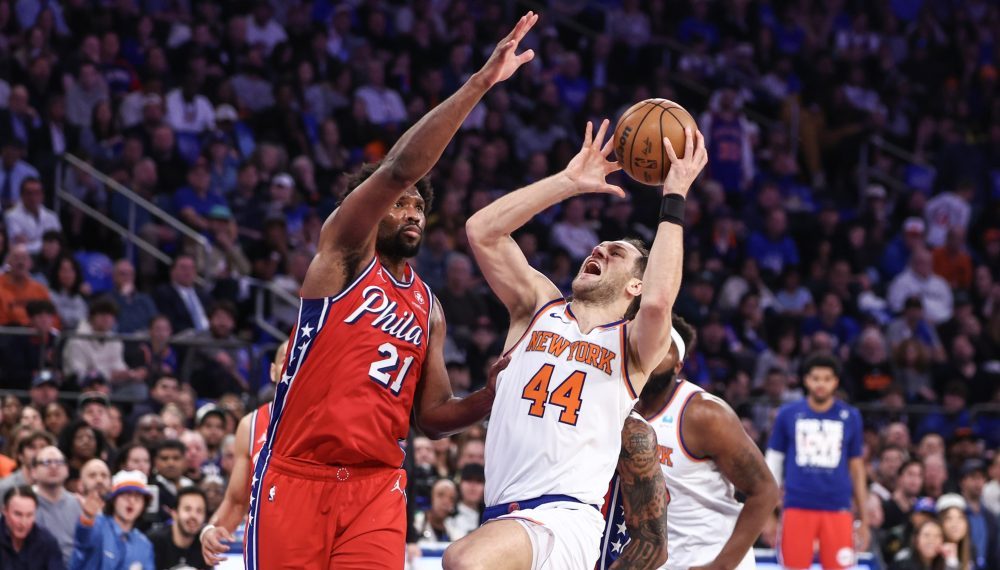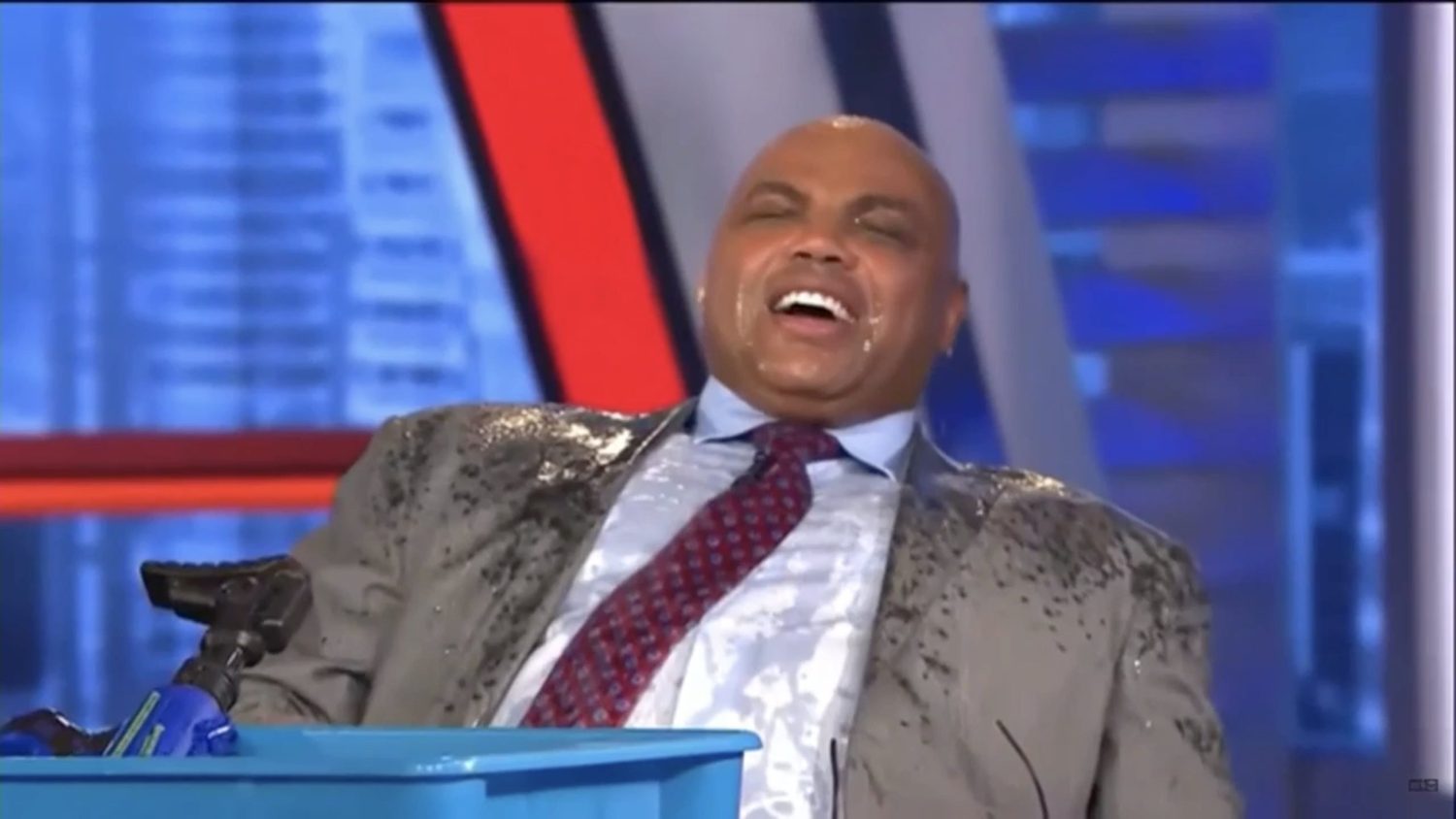The latest
Mike Mulvihill, Fox Sports’ senior vice president of research and content, says college football’s viewership for 2016 is down just one percent from last year. So why hasn’t college football experienced the same problems as the NFL?
While the NFL has been hit by multitude of issues including bad matchups, blowouts, bad officiating, college football games have been for the most part exciting and many of them have gone down to the wire. In addition, while the NFL depends on its stars and the loss of Peyton Manning and Tom Brady in the first fourth of the season hurt, college football has its own stars in the coaches who are constant.
The NFL has only one game in its primetime windows so if the game is a blowout, the ratings will suffer. College football benefits from multiple games in each window so if one game is bad, fans can switch to another game.
“College football is the ultimate regionalized and localized sport,” Mulvihill says. “So if you believe in the idea that—even with many distractions, including the elections—sports fans are still making time for the events of their greatest local interest, then it would make sense that college football would hold up a little better than pro football under that kind of circumstance.”
In addition, another factor cited in college football’s success is the playoff system according to the MMQB:
Artie Bulgrin, ESPN’s Senior Vice President of Global Research and Analytics, cites college football’s new postseason format (every game matters more) and more total college football teams and corresponding fan bases as reasons college football were better equipped to weather the election cycle.
Another factor could be oversaturation with NFL games on Thursday nights, early Sunday mornings, early Sunday afternoons, late Sunday afternoons, Sunday nights and Monday nights, pro football may have reached its peak.
College football has branched to occasional Tuesday and Wednesday nights, but has kept Thursday nights, started games on Friday nights along with its traditional Saturday windows. What about oversaturation there? Mulvihill says there has been so much college football product in the past that fans have become used to it and don’t feel overloaded.
So for 2016, college football appears to be the winner for the fall and the NFL officials continue to scratch their heads as to why their ratings have spiraled down this season.
[The MMQB]








Comments are closed.